How to troubleshoot slurry pump pipeline faults
The pipeline connected to the slurry pump is an importa [...]
The pipeline connected to the slurry pump is an important component in the installation of the slurry pump. If there are faults in the pipeline, how can we troubleshoot them? Today, the slurry pump manufacturer will introduce three methods for troubleshooting slurry pump pipeline faults.
- Auscultation method: This method involves comparing the normal sound emitted by the slurry pump during operation with any abnormal sounds that occur when a fault occurs. When the slurry pump is operating normally, it produces a rhythmic sound. When there is suspicion of a problem, one can carefully listen to the rhythm of the sound to determine if there are impacts, looseness, or other hidden problems inside the slurry pump. Often, when equipment malfunctions, it emits strange noises. Experienced maintenance technicians can use these sounds to identify the source of the problem.
- Percussion method: This method involves using tools such as a hammer to strike machine components and listening to their sounds to determine if they are normal. If a cracking or abnormal noise is heard, it indicates that the component may have a crack or other fault.
- Electronic diagnostic method: The electronic diagnostic method involves using a vibration acceleration sensor, which converts vibration conditions into electrical signals and amplifies them. The operator uses headphones to listen to the vibration sounds during equipment operation. By comparing and analyzing the signals under different speeds and operating conditions, it is possible to determine if the equipment has a fault.

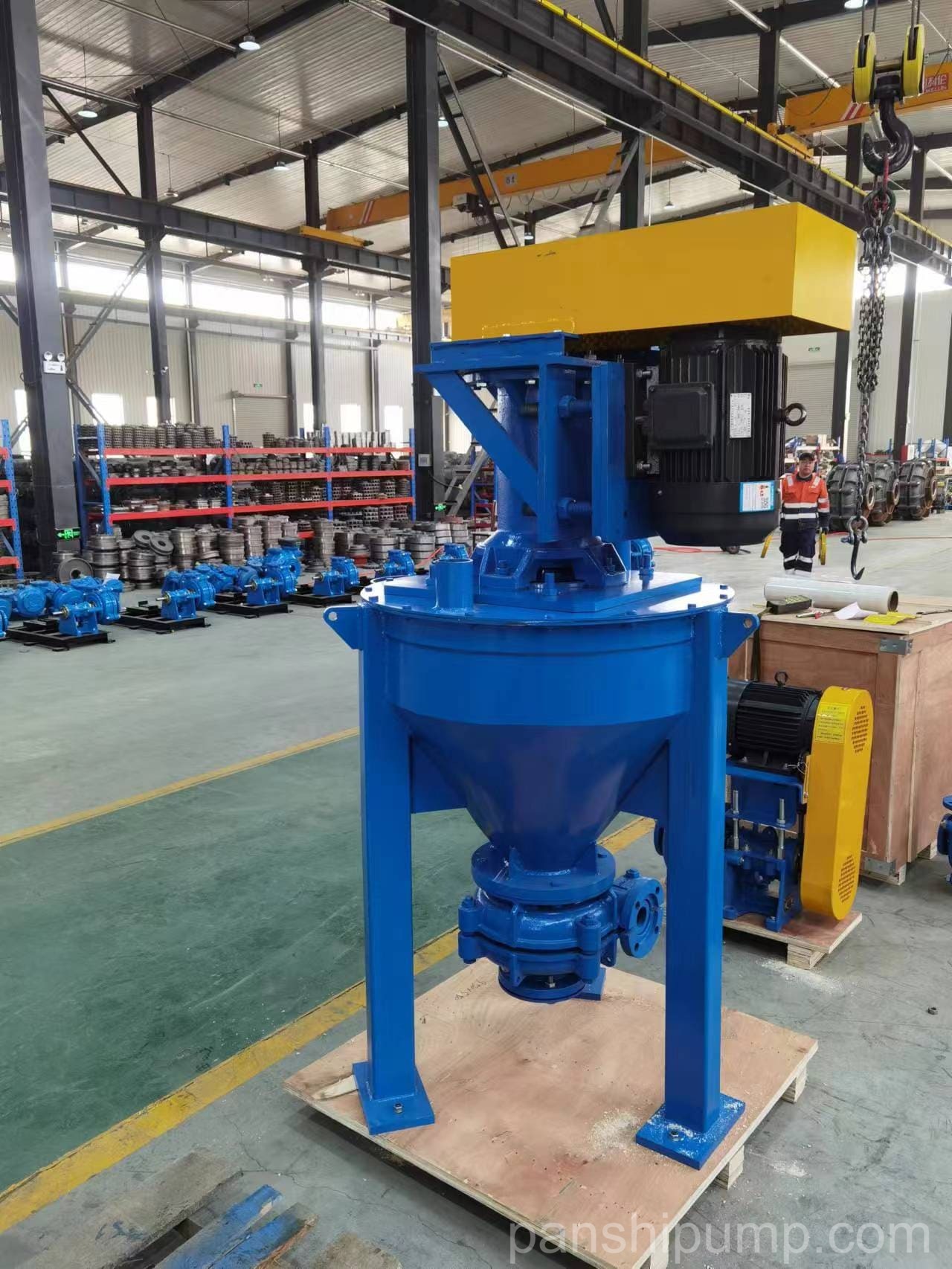
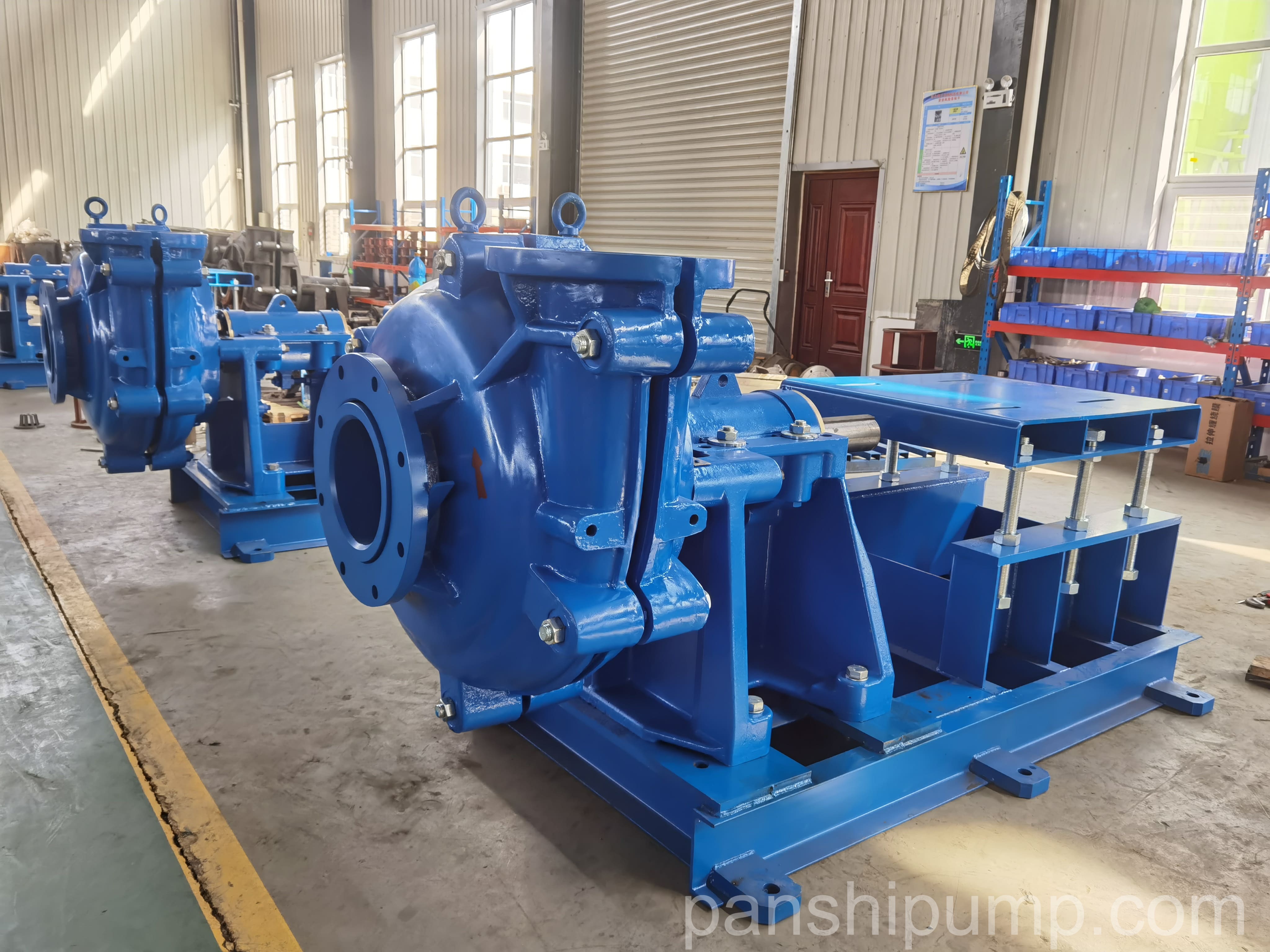
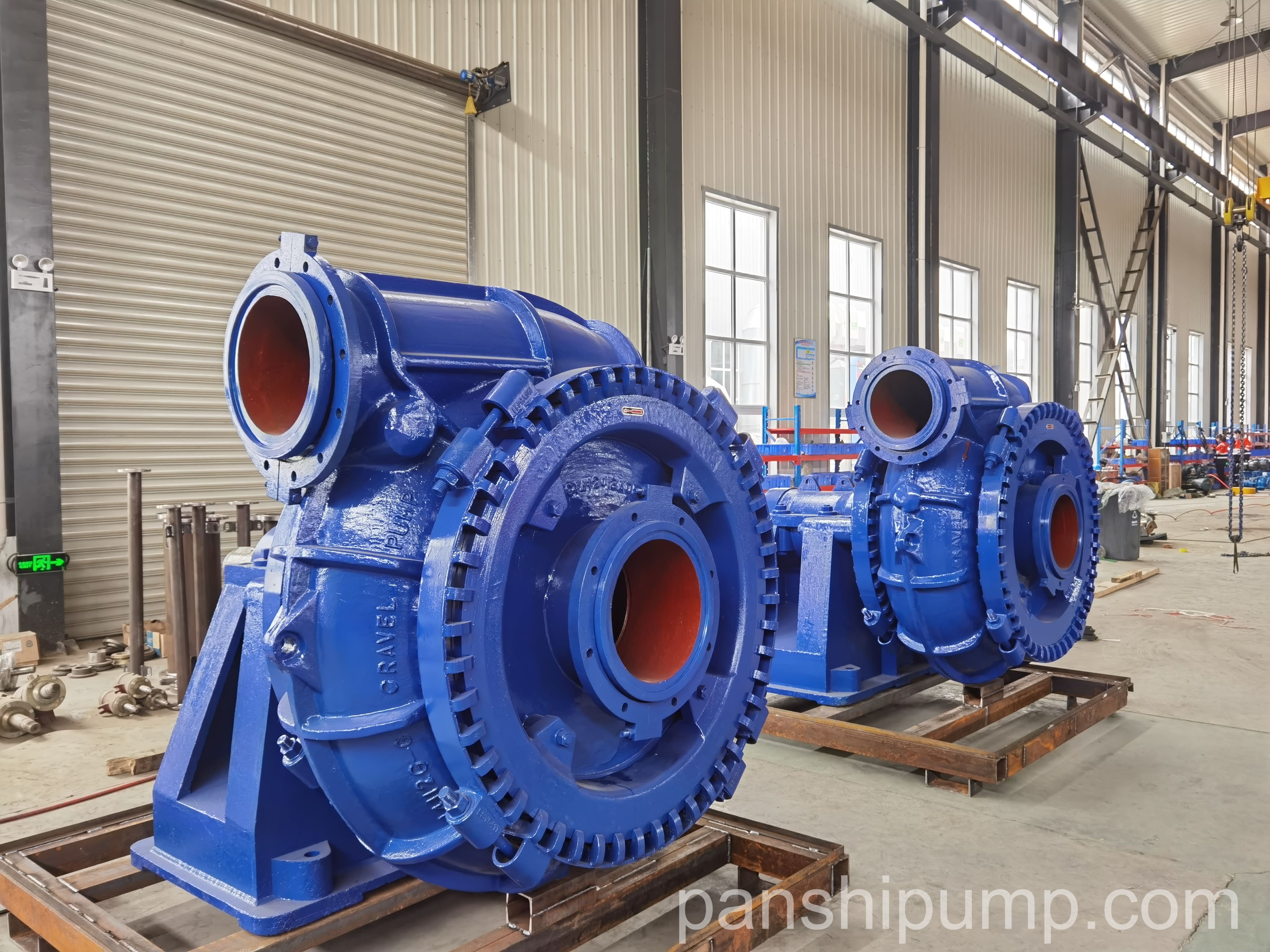
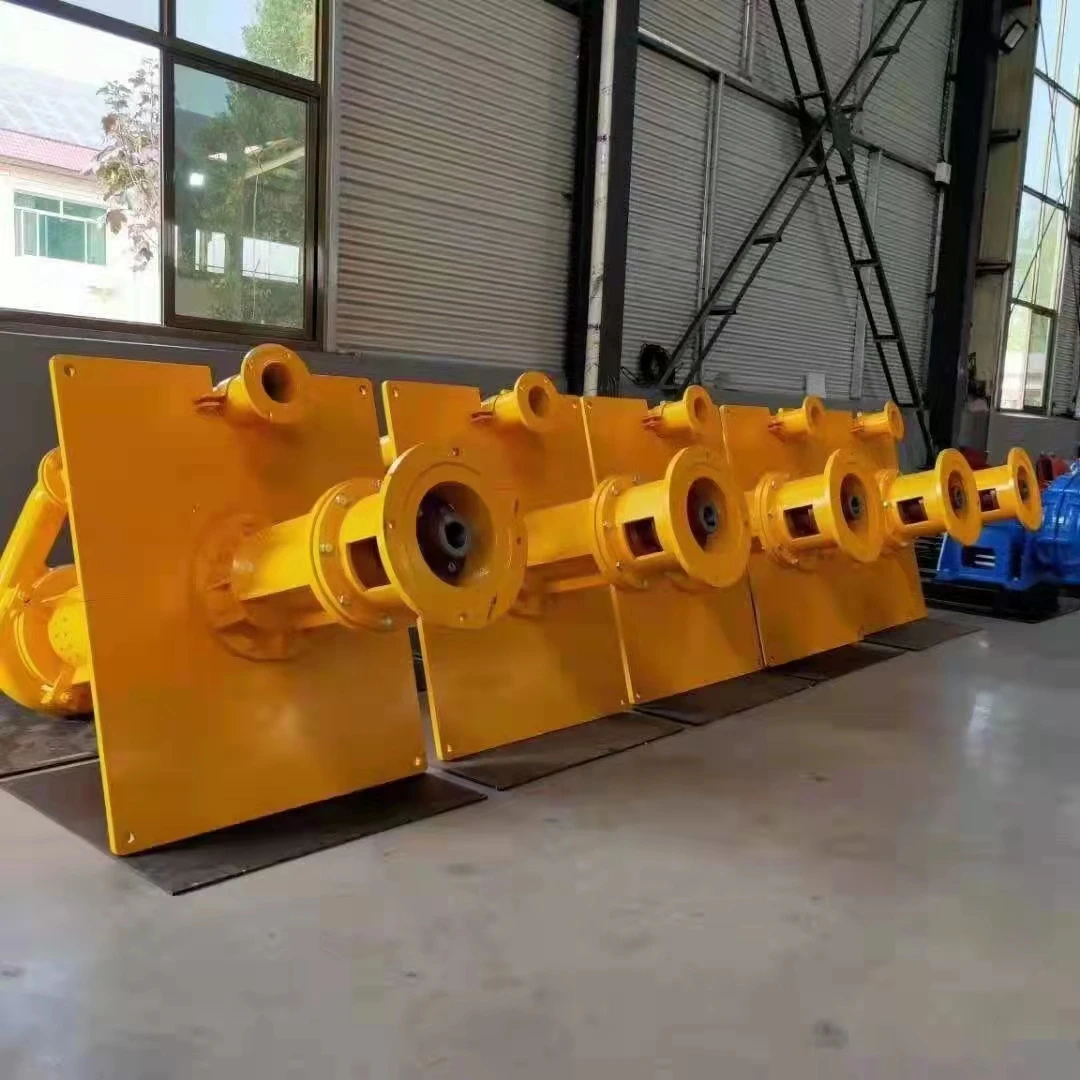
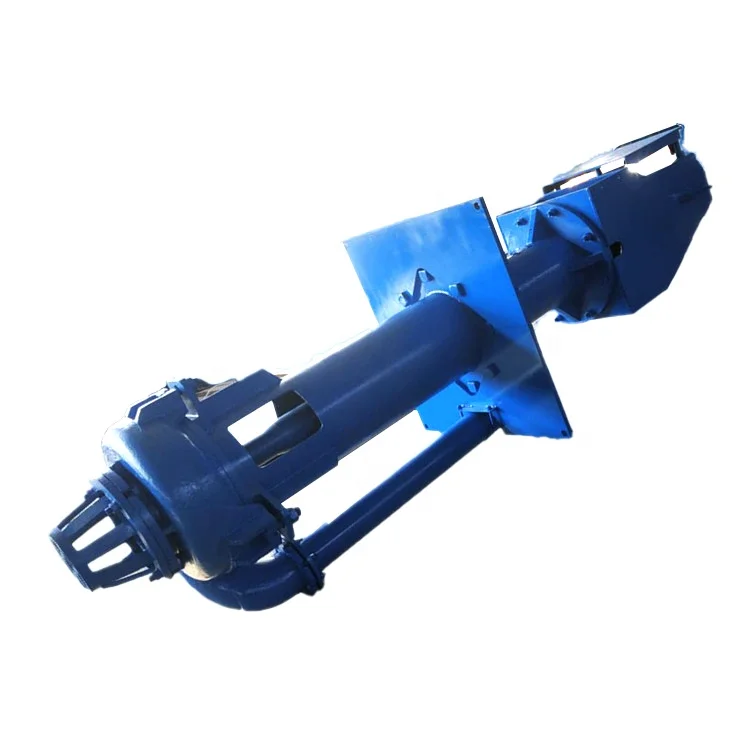
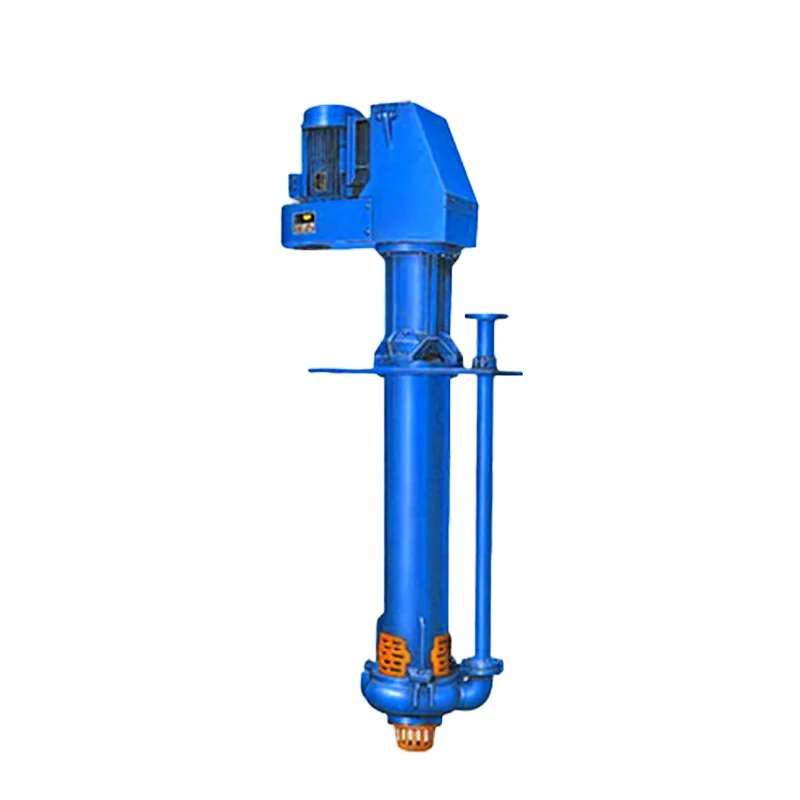
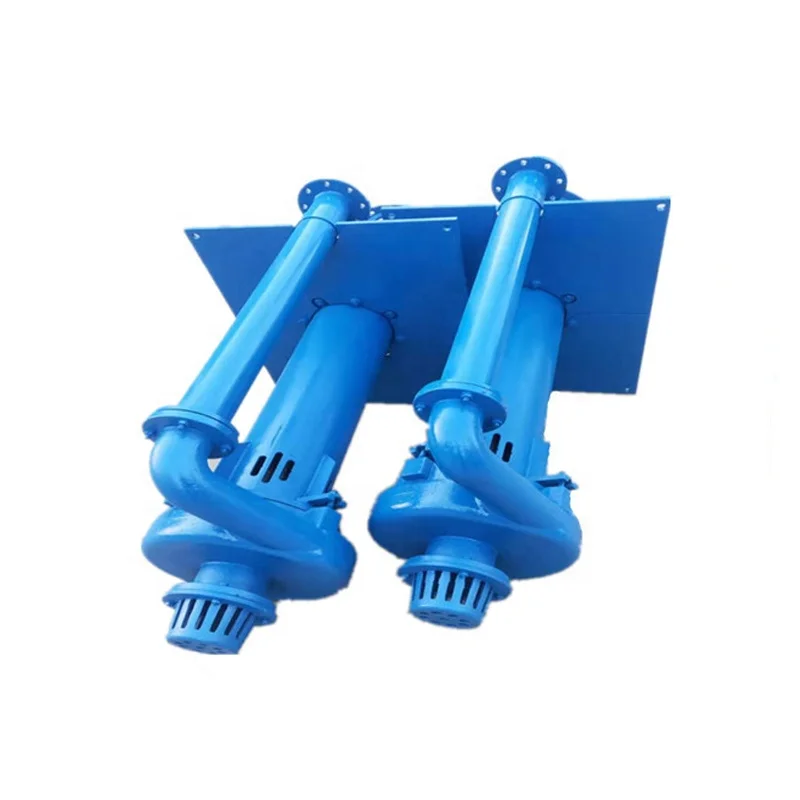
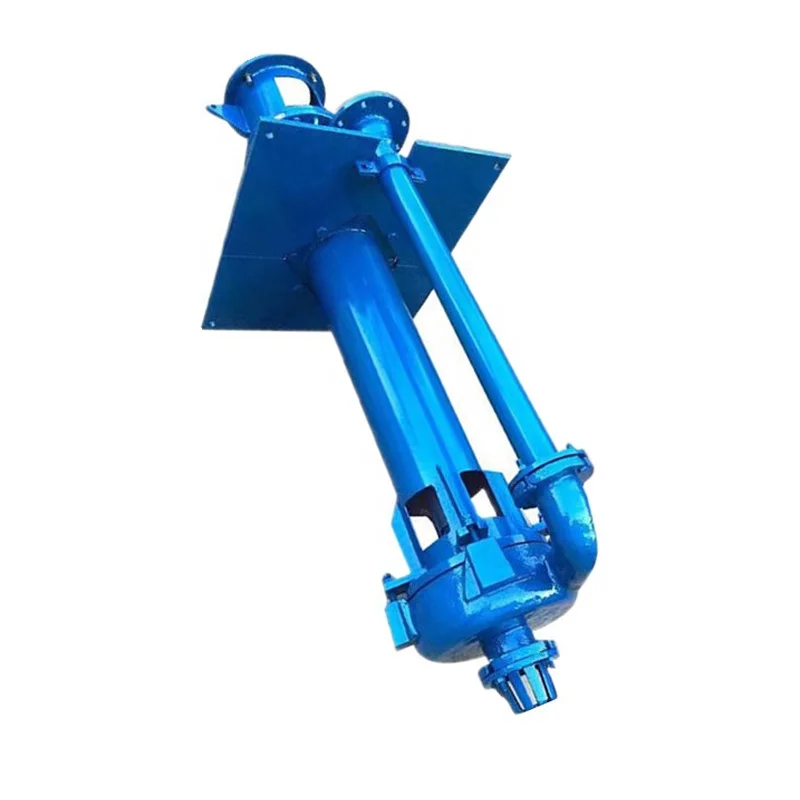
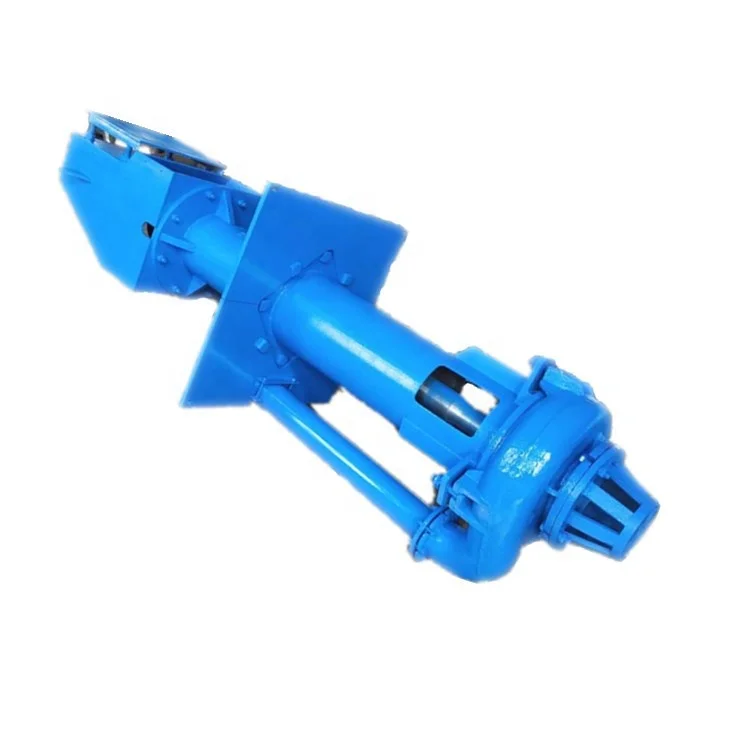
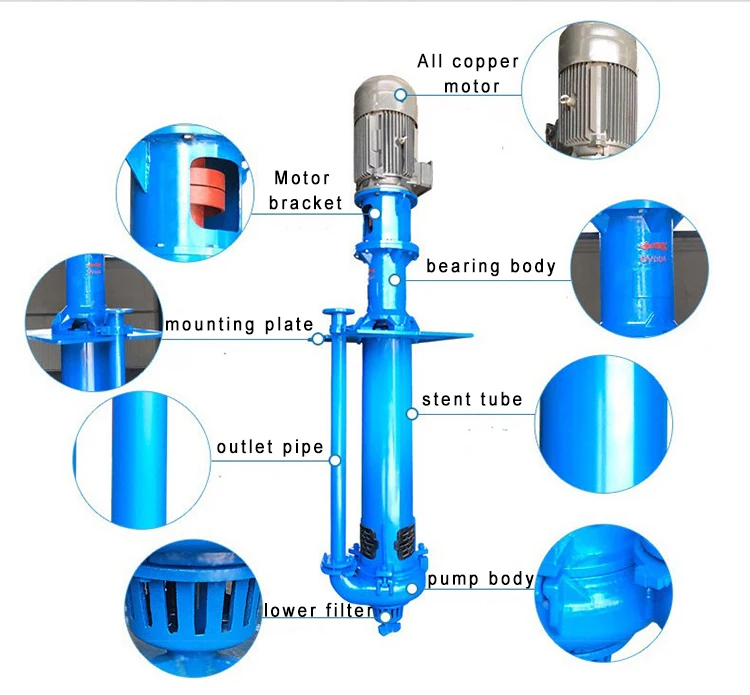
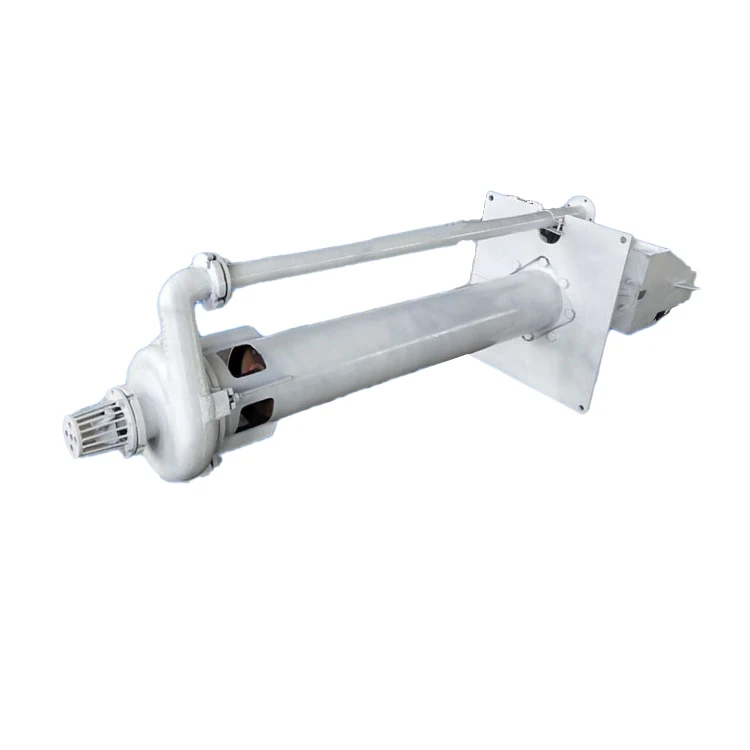
Please login to write a comment after